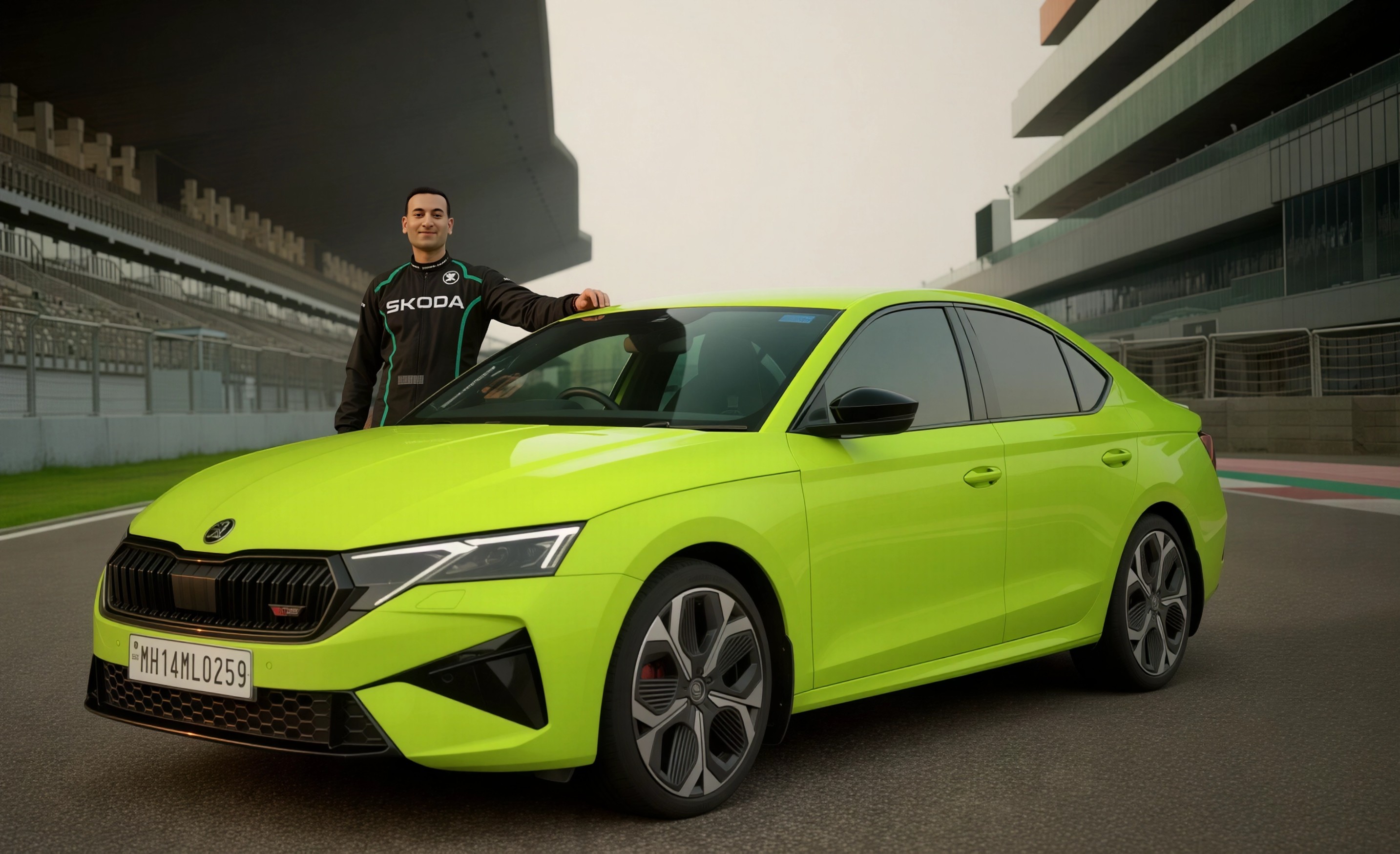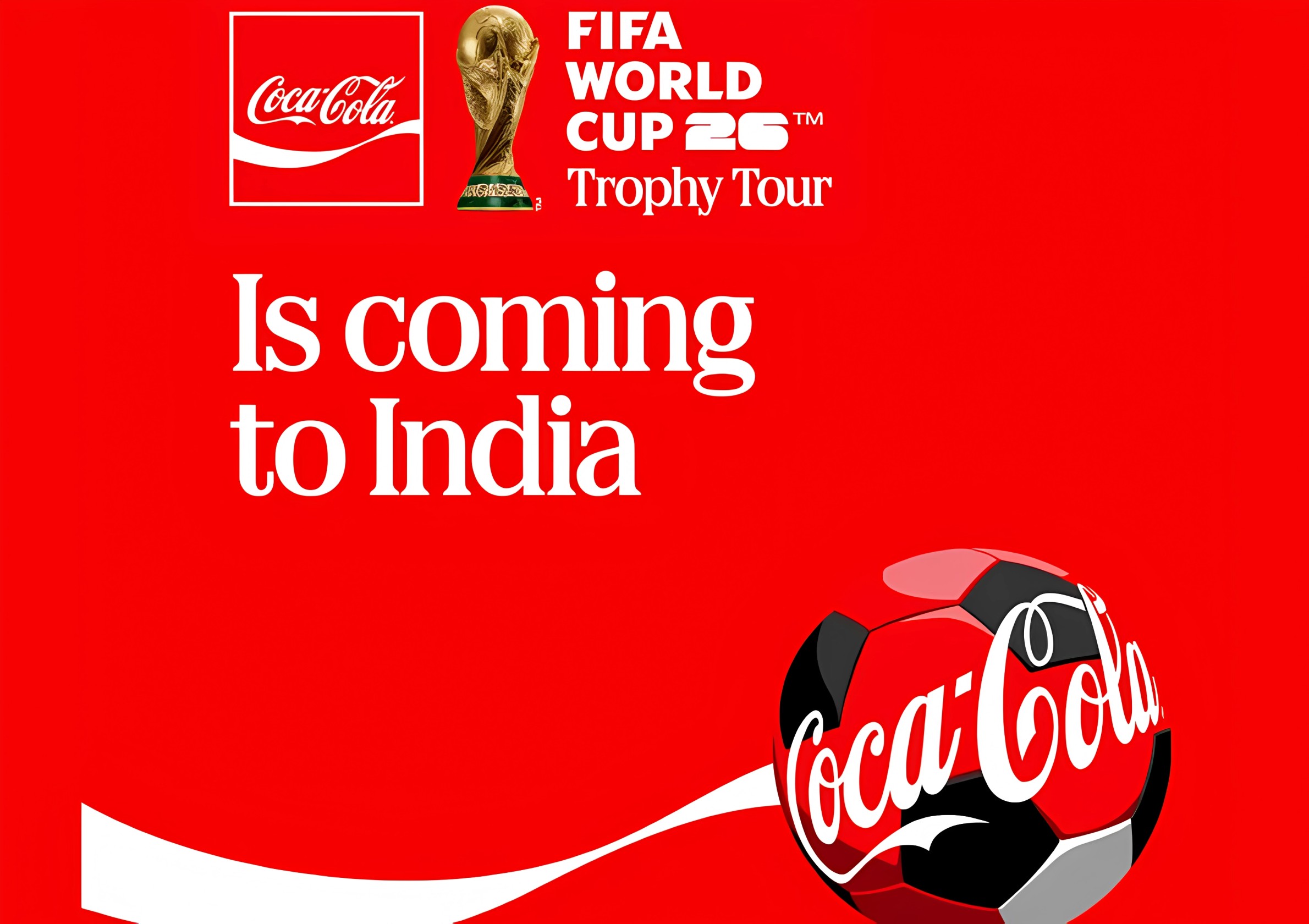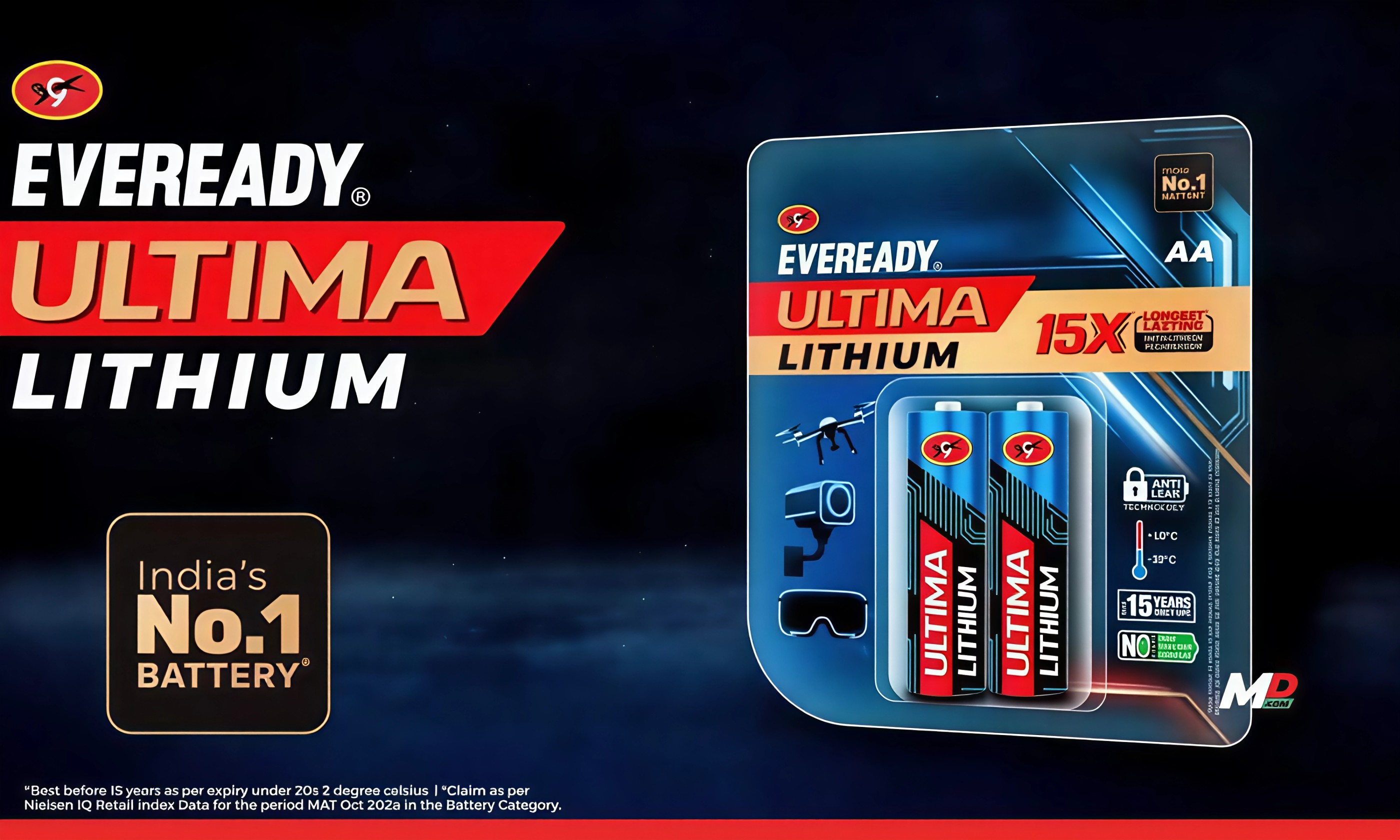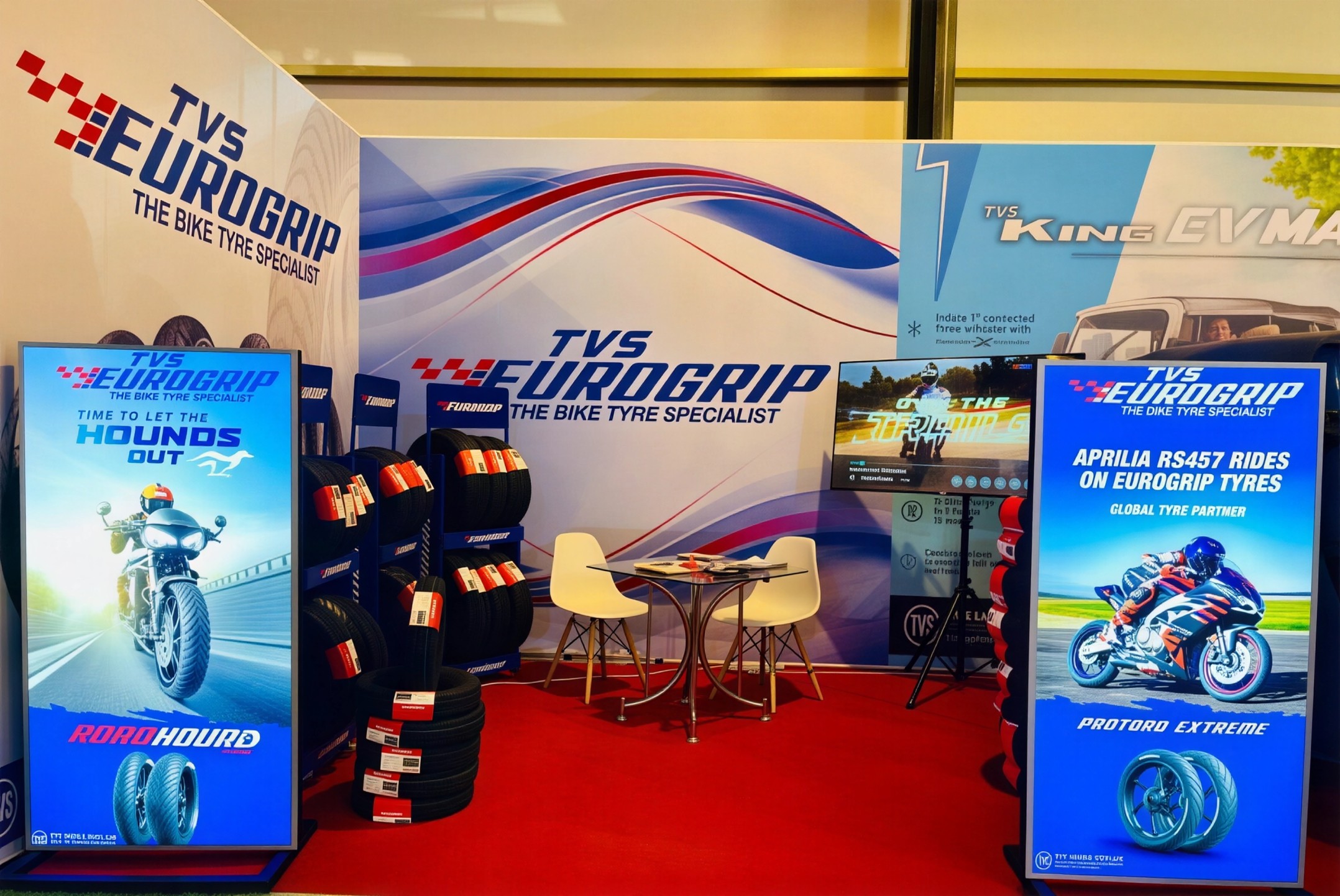Škoda Auto India is closing its 25th year with record sales, expanded reach, and renewed confidence. With close to 62,000 cars sold by October and a doubled market share, 2025 has been a defining chapter — not just a milestone year, but a strategic inflection point shaped by localisation, engineering-driven differentiation, and deeper cultural relevance.
Brand Director Ashish Gupta calls it “one of the biggest years yet,” reflecting years of groundwork under the Volkswagen Group’s India 2.0 initiative. The locally engineered MQB-A0-IN platform allowed Škoda to build India-first products like the Kushaq, Kylaq, and Slavia — vehicles that preserved European engineering while adapting to Indian needs.
Škoda now commands 2 percent of the passenger vehicle market, moving from 11th to 7th place in just one year. But Gupta emphasises that the momentum is long-term. “Strategy is not six months or a year — it’s five to ten years. Growth comes from consistent execution,” he says.
Localisation as a growth engine
Škoda has increased touchpoints from 240 last year to nearly 380 today, with 60 percent in Tier 2 and 3 towns. These regions also account for 60 percent of sales, powered by rising disposable income and evolving aspirations.
ADVERTISEMENT
To build emotional relevance, the brand leaned into regional languages, local influencers, vernacular media, and cultural nuances. The goal: shift from premium-European distance to emotionally grounded relatability.
A year of iconic storytelling
The comeback of the Octavia RS — paired with a cinematic campaign featuring sitarist Rishab Rikhiram Sharma — symbolised Škoda’s evolution. The 100-unit batch sold out within a day, reaffirming the car’s cult status.
Earlier this year, Škoda celebrated its 25th anniversary with the Fans, Not Owners campaign, highlighting genuine devotion from long-time users. These narratives show Škoda’s balance of heritage and modernity — an identity rooted in engineering but expressed through culture.
Differentiation through authenticity
In an intensely competitive market dominated by Maruti Suzuki, Tata, and Mahindra, Škoda avoids mass-market noise. Instead, its differentiation is grounded in product integrity.
“Relevance doesn’t come from shouting,” Gupta says. “Customers believe in a brand when they experience it consistently.”
Škoda’s communication remains measured, intentional, and true to its DNA. Even collaborations with influencers remain purpose-led — only when the content feels culturally aligned.
Trust: the long-term north star
For Gupta, trust is the defining pillar. It spans service standardisation, dealership experience, transparent pricing, and consistent aftersales. As the brand scales, maintaining uniformity becomes central to credibility.
ADVERTISEMENT
Looking ahead, Škoda plans to stay flexible on powertrains, segments, and technologies — wherever relevance and long-term value align. From its 2001 debut with the first Octavia to its locally engineered 2025 portfolio, Škoda’s journey mirrors India itself: evolving, ambitious, youthful, and rooted in authenticity.
Follow Marketing Moves on Instagram and Facebook for industry insights, strategy breakdowns, and brand transformation stories.
















